
Naked mole rat - Source: Minden Pictures
The naked mole rat (Heterocephalus glaber), which lives in the Horn of Africa and parts of Kenya, has long fascinated scientists because its genes are more similar to humans than mice, making it an ideal model for studying aging and longevity. The rodents can live up to 30 years, many times longer than other rodents of similar size.
A new study published in the journal Science shows that four small mutations in the enzyme cGAS can help mice repair DNA damage more effectively, slowing the aging process. In humans and mice, this enzyme normally reduces the ability to repair DNA.
The accumulation of genetic mutations and DNA damage during cell division is a major cause of aging and age-related diseases, said study co-author Zhiyong Mao, a molecular biologist at Tongji University in Shanghai. Homologous recombination (HR) is a key mechanism for repairing DNA, and when it fails, the body is susceptible to cancer or premature aging.
In humans and mice, the cGAS enzyme is often "pulled" away from damaged DNA sites by another protein, disrupting repair.
However, in naked mole rats, the team discovered four unique amino acid substitutions that made cGAS more stable after DNA damage, thereby maintaining longer interactions with other repair proteins, increasing the cell's ability to restore genetic material.
When the team removed the cGAS enzyme from mole rat cells using the gene-editing tool CRISPR-Cas9, DNA damage accumulated rapidly. Conversely, when they introduced a version of cGAS with four distinct mole rat mutations into fruit flies, the individuals lived significantly longer than flies with normal human cGAS.
"This study demonstrates the positive role of cGAS in extending lifespan. This enzyme may be a potential target for enhancing genome repair in humans," said author Mao.
Mr. Lindsay Wu, a molecular biologist at the University of New South Wales (Australia), said that the HR mechanism could be the key to slowing down the aging process, but warned that this result is still far from being applied in humans.
He noted that the experiments used a human cGAS variant that appears to dampen the innate immune response, which also contributes to aging. “The work focuses on DNA repair, but we need to consider the impact of inflammation on genetic damage,” he said.
This research opens up new insights into how nature evolved superior cellular defense mechanisms, which could help humans in the future find strategies to slow or reverse the aging process.
Source: https://tuoitre.vn/phat-hien-dot-bien-giup-chuot-dui-tre-mai-khong-gia-tiem-nang-ap-dung-tren-nguoi-20251011124638495.htm


![[Photo] General Secretary attends the parade to celebrate the 80th anniversary of the founding of the Korean Workers' Party](https://vphoto.vietnam.vn/thumb/1200x675/vietnam/resource/IMAGE/2025/10/11/1760150039564_vna-potal-tong-bi-thu-du-le-duyet-binh-ky-niem-80-nam-thanh-lap-dang-lao-dong-trieu-tien-8331994-jpg.webp)
![[Photo] Discover unique experiences at the first World Cultural Festival](https://vphoto.vietnam.vn/thumb/1200x675/vietnam/resource/IMAGE/2025/10/11/1760198064937_le-hoi-van-hoa-4199-3623-jpg.webp)

![[Photo] Opening of the World Cultural Festival in Hanoi](https://vphoto.vietnam.vn/thumb/1200x675/vietnam/resource/IMAGE/2025/10/10/1760113426728_ndo_br_lehoi-khaimac-jpg.webp)





























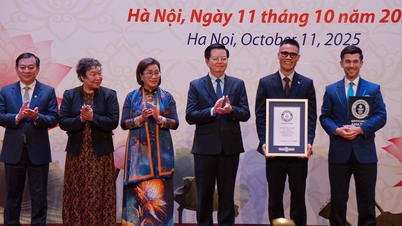
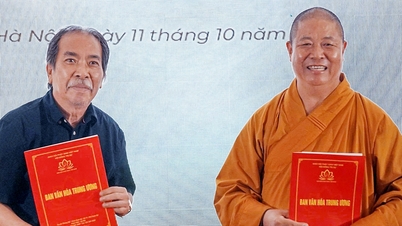


![[Photo] Ho Chi Minh City is brilliant with flags and flowers on the eve of the 1st Party Congress, term 2025-2030](https://vphoto.vietnam.vn/thumb/1200x675/vietnam/resource/IMAGE/2025/10/10/1760102923219_ndo_br_thiet-ke-chua-co-ten-43-png.webp)









































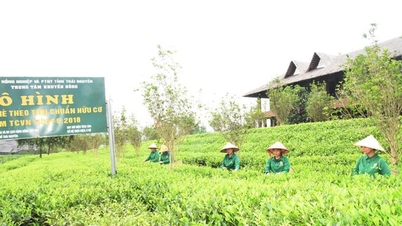
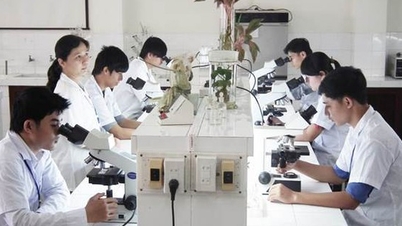



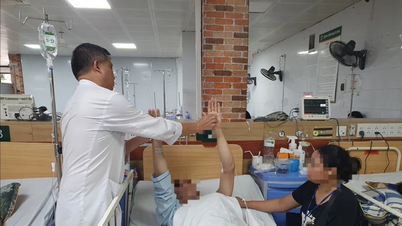



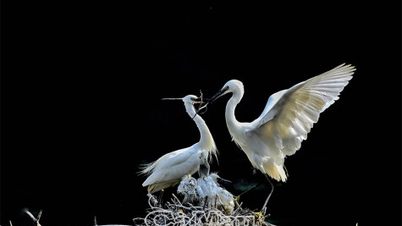
















Comment (0)